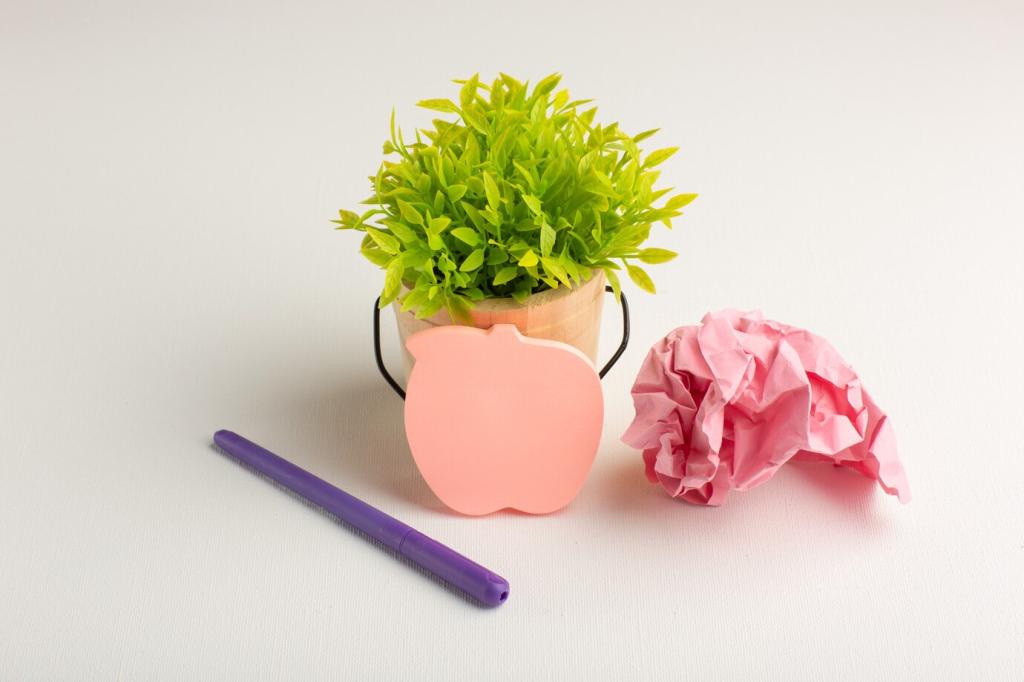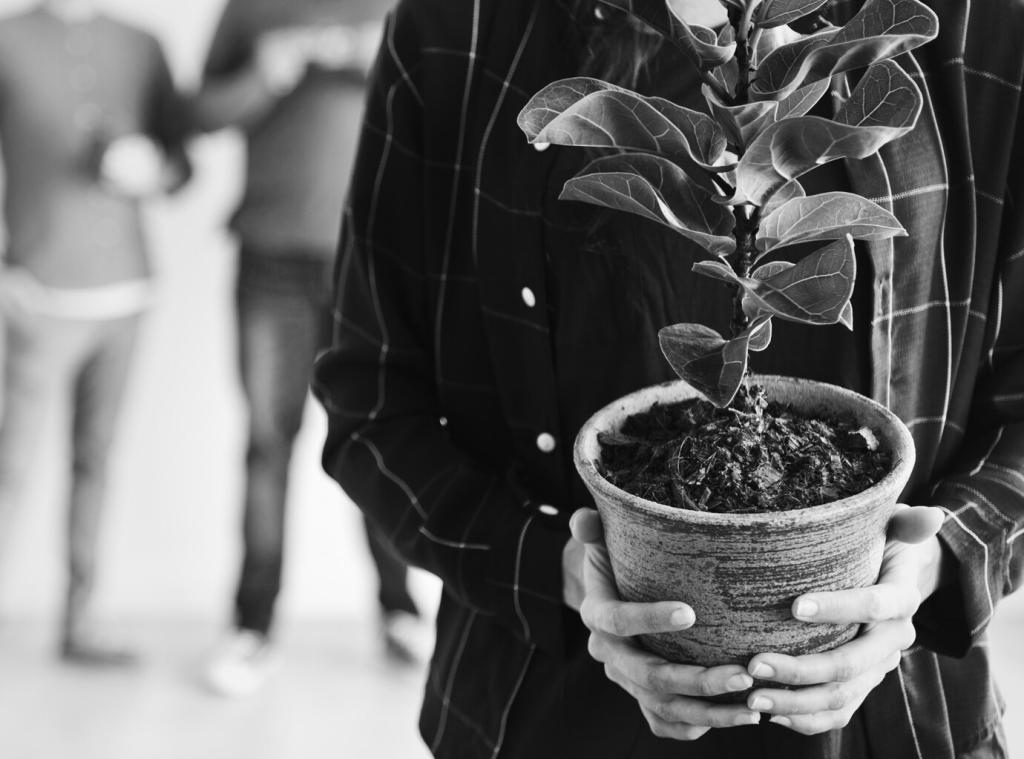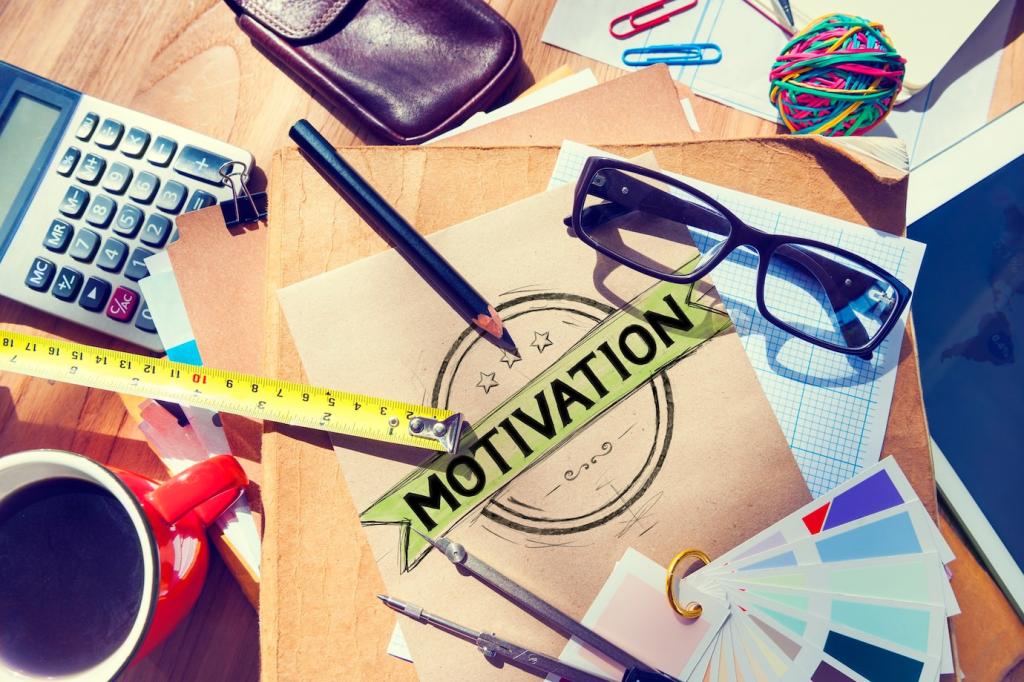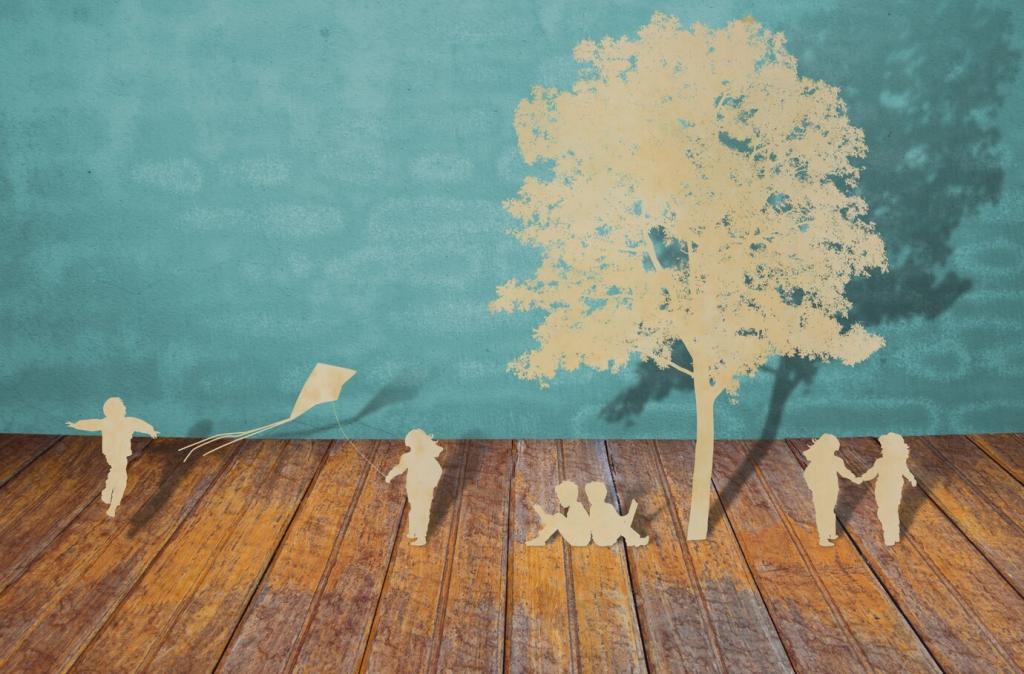
Mindful Drawing for Stress Relief
Mindful drawing is an accessible, creative practice that seamlessly combines elements of meditation and art. By focusing on the present moment through simple, repetitive drawing activities, individuals can gently steer their attention away from worries and diffuse stress. Whether you’re an experienced artist or someone who hasn’t drawn since childhood, mindful drawing provides a judgment-free space to relax, explore your creativity, and cultivate a sense of calm. This page delves into how mindful drawing supports stress relief, offers guidance on starting the practice, explores its deeper psychological benefits, and provides inspiration for nurturing your own mindful art routine.
Why Drawing Relaxes the Mind
Drawing serves as a form of active meditation, offering the mind a task to concentrate on rather than ruminating over worries or stressful memories. When focusing on lines, shapes, and movements, we temporarily quiet the brain’s default mode network, which is responsible for self-critical thoughts and overthinking. This mental shift encourages a gentle state of presence, inviting calm and sharpening focus. Over time, consistent mindful drawing can help retrain the brain to disengage more easily from unhelpful thought patterns, strengthening resilience to future stressors and promoting an ongoing sense of ease.
How the Body Reacts to Creative Activities
When you immerse yourself in drawing, the body transitions into a state of physical relaxation. This occurs as your breathing deepens and heart rate slows, sending signals to your nervous system that it is safe to unwind. Creative engagement triggers the release of neurotransmitters such as dopamine, which elevates mood and motivation—further counteracting the effects of chronic stress. Through mindful drawing, these physiological responses compound, subtly teaching the body how to find peace in the moment and making creative practice a powerful adjunct to traditional stress management techniques.
Research on Art and Emotional Wellbeing
Mounting research confirms the significant link between artistic expression and emotional wellbeing. Studies find that even brief periods of drawing or doodling can lower markers of stress, like blood pressure and self-reported anxiety levels. Engaging regularly in creative activities correlates with improved mood, increased self-esteem, and greater capacity for problem-solving. The benefits aren’t restricted to those with artistic talent; the simple act of making marks is enough to make a difference. This body of evidence underlines mindful drawing’s potential as an effective, non-pharmaceutical intervention for stress relief, appealing to people of all ages and backgrounds.

Setting Up Your Space
Choosing a space to draw that feels quiet and comfortable can enhance your mindful drawing experience. Lighting should be gentle, and distractions minimized, whether this means silencing your phone or choosing a cozy corner. Having your drawing materials—a simple pen, pencil, or crayons—within easy reach encourages spontaneity and eases transitions into the creative state. While ambiance matters, remember that mindful drawing can be practiced anywhere: at a café table, park bench, or even during a lunch break, demonstrating its adaptability to different environments and lifestyles.

Approaching Your First Drawing Session
When you begin, focus on the sensation of your hand moving across the paper, the feeling of the drawing tool, and the sound it makes. Invite yourself to draw simple shapes or flowing lines—there is no need to aim for perfection or a recognizable image. Attention may wander to thoughts or worries, but just as in meditation, gently bring it back to the act of drawing. Over time, these brief sessions become easier, reinforcing both mindfulness and relaxation. By embracing imperfection, you give yourself permission to enjoy the process entirely, detaching from outcomes or critique.

Integrating Mindful Drawing Into Daily Life
To reap enduring benefits, consistency is key. Set aside even five or ten minutes each day to engage with mindful drawing—a brief morning session, a lunchtime doodle, or a relaxing activity before bed. Over weeks and months, you may notice increased emotional clarity, better focus, and more effective stress management. Making mindful drawing a habit signals to yourself that your mental wellbeing is worth prioritizing, reinforcing self-care at both conscious and subconscious levels. In time, the act becomes a cherished anchor point in your routine, offering a reliable refuge from daily pressures.

Building Creativity and Self-Expression
Consistent mindful drawing nurtures a more spontaneous, imaginative outlook on life. By letting go of rules and welcoming the unexpected in your art, you learn to embrace flexibility and playfulness in other areas as well. This practice helps silence the inner critic, opening up a safe space for authentic self-expression. As you explore different shapes, textures, and colors without inhibition, you gain a greater sense of confidence in your ideas and tastes. Over time, this expanded creativity seeps into daily problem-solving and encourages innovative thinking in work, relationships, and hobbies.

Increasing Emotional Awareness and Release
Drawing mindfully often uncovers feelings and ideas that are difficult to express in words. The rhythmic, repetitive movements can bypass mental barriers, inviting you to process emotions gently and non-judgmentally. When challenging feelings arise, drawing offers a constructive outlet for release and understanding—not through analysis, but through acceptance and presence. This ongoing self-dialogue can foster healing, resilience, and a deep sense of emotional literacy. Many find that, with regular practice, mindful drawing becomes an invaluable tool for working through transitions, grief, or anxiety.

Connecting with the Present and Your Senses
Mindful drawing enhances your capacity to tune into the here and now. The practice invites acute observation of sights, sounds, textures, and even subtle shifts in your mood. By immersing yourself in the sensory details of each drawing session, you develop a richer appreciation for life’s simple pleasures. This mindful presence not only supports greater relaxation but also sparks gratitude and joy in daily routines. With each session, you strengthen the muscle of attention, making it easier to remain grounded and centered—no matter what comes your way.
